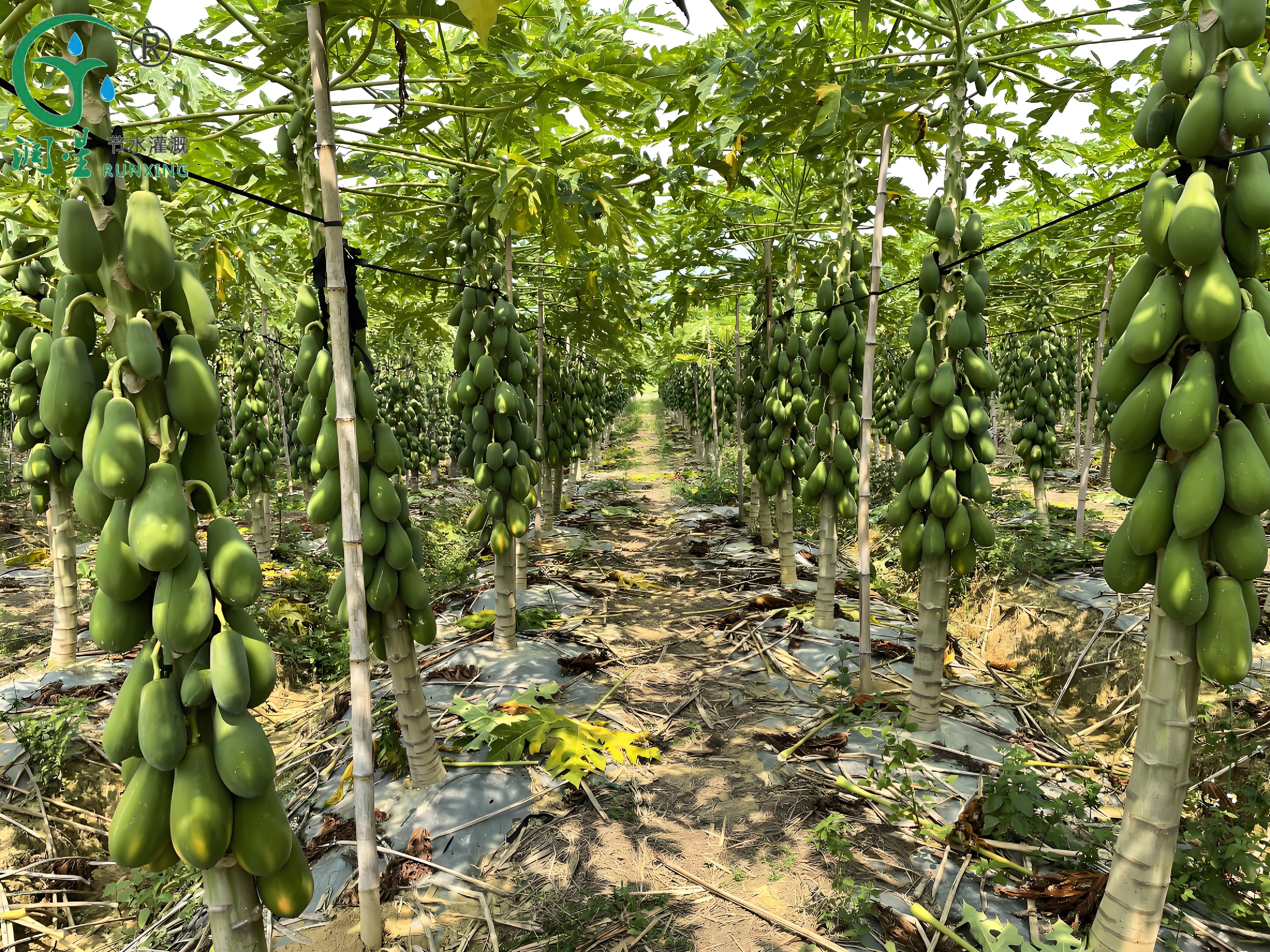The papaya cultivation industry in the Americas
Pawpaw farming in the Americas is carried out in tropical and subtropical climates. Papayas, which produce sweet, juicy fruits throughout the year, are considered a tropical delicacy. The skins of these fruits can be peeled off and consumed either on their own or as part of a salad. A serving of pawpaw serves as an excellent source of potassium, vitamin A, and vitamin C.
Recently, things have shifted, and pawpaw cultivation in the Americas is no longer solely a means of obtaining food; it has become a viable revenue stream. The days of naive farming are long gone; today, we engage inAGRIBUSINESS, which demands meticulous consideration of both the capital invested and the anticipated return on that investment.

Pawpaw Farming in Americas
Pawpaw Farming irrigation
Requirements for button drip systems for pawpaw
The water comes from the mainline. A reservoir, a river, a well, or a tank will be your irrigation water source. Size of HDPE or PVC pipe will be determined by the amount of land you have. Larger main pipes are required for farmers with more land, as opposed to those with only half an acre of trees. The 16mm HDPE pipes that serve the fruit tree will receive water from the mainline via a sub-mainline. To water the tree directly, a button dripper is attached to a 16mm HDPE line.
Irrigating pawpaw plant
Make sure the dirt isn’t dry
Analyze the health of your farm’s harvest
Management of the Pawpaw drip irrigation system
If you have any needs, please contact us.
About Us
We are dedicated to offering innovative, water-saving, and labor-saving irrigation solutions for agriculture worldwide. Our focus on quality and continuous innovation drives the development and progress of the industry

